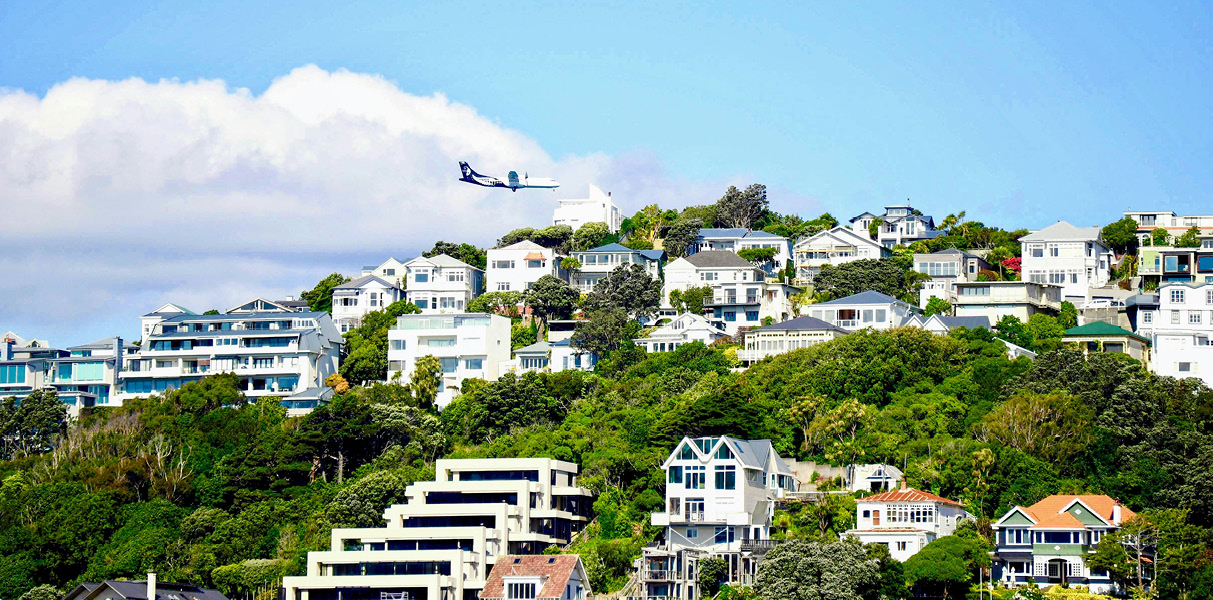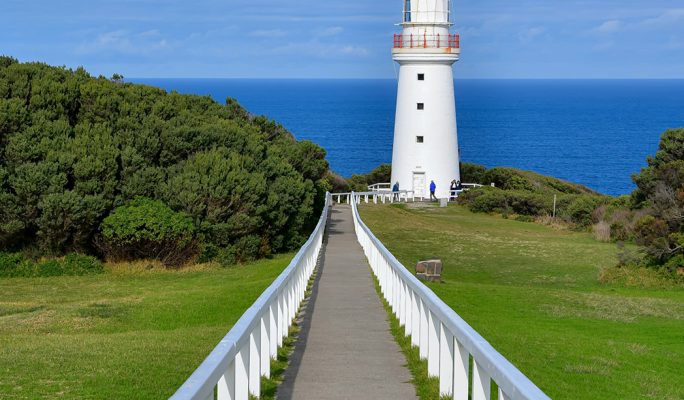Elevated premiums and profits – what’s really going on in New Zealand?


With news stories firmly focused on affordability, plus a recent period of benign weather in NZ, a perfect storm may be brewing, as community experience and insurer bottom lines collide. What’s behind the headlines and how did we arrive here? We spoke with Ross Simmonds to find out and explore the impact for insurers.

As premiums rise, underinsured homeowners or those opting to go without insurance may also increase
Rising premiums have been a global issue for some time. What’s the latest on the horizon for the New Zealand insurance market?
From a claims perspective, it’s likely insurers will report significant profits in 2024 – with the costs of natural disasters lower than expected and Tower already upgrading its profit expectations for the year. Insurance Council of New Zealand (ICNZ) data shows the last natural disaster resulting in significant insurance claims was more than a year ago, although the weather events last week in East Cape are likely to break this run.
Why is this experience not reflected in reduced premiums?
Insurance is a complicated balancing act. Insurers set their premiums assuming a level of claims based not on one year’s experience but on the frequency of natural disasters over many years – and in the past decade or so each year has averaged seven to eight events.
Understandably, the community may be concerned about premium affordability and whether insurers have over-corrected. But a single large natural disaster, such as an earthquake or cyclone, can be the difference between a good year and a bad year – which means insurers need to look at claims over a long period.
What other trends are you seeing?
The other major change has been the introduction of risk-based pricing for flood risks. The Auckland floods and Cyclone Gabrielle in 2023 highlighted the widespread damage flood can cause. Risk-based pricing involves using sophisticated models to identify houses most likely to be affected by a flood. This can create hikes in premiums for properties most at risk, even without any recent claims.
What role does reinsurance have in this environment?
The RBNZ, which regulates insurers in Aotearoa, requires insurers to hold high levels of reinsurance to spread the cover for large losses arising from earthquakes. This reflects the high level of seismic risk Aotearoa faces. While the Earthquake Commission (EQC) provides cover for the first $300k, most houses are insured for more. Insurers are required to purchase reinsurance for this additional cover, making reinsurance costs a big component of the outlay for Aotearoa insurers. Based on ICNZ statistics, reinsurance is roughly one-third of the premium for home and contents policies.
“ … a single large natural disaster, such as an earthquake or cyclone, can be the difference between a good year and a bad year – which means insurers need to look at claims over a long period.”
What are the most challenging areas to navigate for the industry?
Affordability is the key issue. There’s a natural tension between insurers wanting to improve their understanding of the risks they face in providing cover to Kiwis against policyholders wanting affordable insurance. For example, as insurers learn more about flood risk, the cost of insurance for high-risk properties becomes unaffordable. Given it’s difficult for an individual property owner to reduce flood risk, they may look to government (local and national) to provide risk mitigation solutions to reduce their premiums.
The other problem linked to affordability is underinsurance, where the insurance payout from a total loss claim will not cover policyholder costs. As insurance costs increase, policyholders may look to reduce their premiums, choosing higher excesses or lower sum insured values. This latter option may result in a policyholder being underinsured. It can create bad publicity for insurers, or even result in regulatory fines if the insurer is found not to have explained the risks to a policyholder of reducing their sum insured.
How are community expectations aligning with insurer or government actions?
Aotearoa has high levels of insurance coverage, especially for home insurance. As premiums continue to rise, it’s likely the number of homeowners who are underinsured (or those with no insurance) will increase. Following large natural disasters, people expect government to provide support in addition to the insurance industry, based on recent buy-back schemes from the Auckland floods and Cyclone Gabrielle. This approach is unsustainable long term, and industry bodies such as the ICNZ are encouraging more investment in resilience measures, rather than the post-event support we’ve seen lately. The recent resilience boost to Northland’s most flood-prone marae, which is almost fully government funded, is a good example of these measures. The industry understands resilience isn’t a simple one-size-fits all solution – rather, it requires careful planning and an individualised approach.
Where are the gaps in reducing risk from an insurer perspective?
The insurance industry would like greater understanding of underlying risks properties face. These are captured by Land Information Memorandums (LIMs) when properties are bought or when new builds are consented. While knowing the risks will help potential buyers, some homeowners are pushing back on this information being included fearing attempts to map areas most at risk may reduce property values. This is the crux of the issue.
“The industry also wants more involvement in the consenting-to-build process, to stop housing construction in known bad-risk areas.”
Insurers already understand the risks properties face, so whether or not the information is on a LIM, the cost of insurance for high-risk properties is likely to keep increasing. As premiums become less affordable, property values will be affected, as banks require mortgages to be backed by insurance.
The industry also wants more involvement in the consenting-to-build process, to stop housing construction in known bad-risk areas. Currently, insurers are not involved and the insurability of a property is only considered once the property has been built.
How is the government addressing insurance affordability?
Pooled insurance, such as the EQC cover, is designed to keep insurance affordable. In the case of the EQC, this is done by not risk rating for earthquake risk. The EQC premium for a $300K home in Auckland is the same as a $300K home in Wellington. But EQC doesn’t provide coverage for damage to a home due to a flood and given pooled insurance doesn’t reduce the risk of a house flooding, it’s only part of the answer.
The government has also committed $200 million in the 2024 budget which, combined with co-investment from local governments, will accelerate the implementation of 42 flood-resilience projects.
Are there any approaches to insurance affordability in the pipeline?
Large-scale improvements will take time, with small incremental changes being implemented now. Given the scale of the problem, it’s important to recognise significant change can only occur if all parties work together. For example, if insurers provide their insights into existing risks, the government can then identify the most effective resilience investments, which will help improve insurance affordability.
Does experience overseas shed any light on possible actions to take or not to take?
In Australia, the government introduced the Cyclone Reinsurance Pool in 2022, which aims to improve insurance affordability in northern Australia. This partly works due to the nature of cyclone risks in Australia, which tend to impact the northern areas. In this regard, the Cyclone Reinsurance Pool could be considered as similar in design to the EQC in NZ.
“Given the scale of the problem, it’s important to recognise significant change can only occur if all parties work together.”
In the UK, Flood Re was established in 2016 to make flood insurance more affordable. The scheme excludes homes built after 2009 to avoid promoting development of homes in high-risk areas. In 2022, the scheme introduced its Build Back Better initiative, encouraging risk mitigation for individual properties. This initiative offers householders the chance to install property flood resilience measures up to the value of £10,000 (about NZD$20,000) when repairing their properties after a flood.
At this critical time for the planet, where does climate change fit into the story of rising premiums and profits and the outlook for the industry?
We’re likely to see more weather events, with greater intensity and extremes. Areas not previously considered at risk may slowly become more exposed. This could lead to managed retreat, which has been identified as a climate change adaptation option in the government’s National Adaptation Plan, with insurance potentially the driver for the decision to retreat.
Managed retreat is where an insurer pays out the full sum insured (only if the property has had a significant claim), which the policyholder then uses to buy or build in a better location. This means insurers will stop writing higher-risk properties, which should improve their claims performance in the long term. For other high-risk properties without a previous claim, the insurer would look to stop providing insurance, reducing the value of the property and leaving the homeowner out of pocket. The question of who pays for this loss remains unclear.
What more can insurers do to ensure industry sustainability and provide value to policyholders?
Insurers have absorbed major losses over the past 20 years and they’ll continue to provide protection to Aotearoa homeowners. But they’ll also need to balance their internal risks, with the amount of insurance they provide limited by their capital levels and reinsurance protection. For highly exposed areas, such as Wellington with its earthquake risk, they’ll be able to offer cover only up to specified levels.
More broadly, insurers have an opportunity to contribute by sharing their deep understanding of risk. These valuable insights inform their pricing but could also help government identify the most cost-effective approach to risk protection, whether through mitigation, managed retreat or other solutions.
With all players coming together – insurers, government and local communities – making informed decisions that consider the safety of Aotearoa properties, the insurance industry will continue to strengthen and protect people into the future.
Other articles by
Ross Simmonds
Other articles by Ross Simmonds
More articles

RADAR FY2024 New Zealand Snapshot
Delve into our step-by-step report of the major events, trends and hot topics affecting the general insurance market across Aotearoa
Read Article

RADAR FY2023 New Zealand Snapshot
Our NZ general insurance FY2023 overview sheds light on New Zealand's insurance landscape to help insurers chart a steady path forward.
Read Article
Related articles
Related articles
More articles

LA wildfires – implications for the upcoming Australian reinsurance renewals
What are the flow-on effects of the January LA wildfires in Australia?
Read Article

RADAR FY2024 – Strongest result in more than 10 years, but insurers in regulator sights
RADAR FY2024, Taylor Fry’s annual insurance rundown in a year of solid results alongside a focus on integrity, customers and climate.
Read Article







